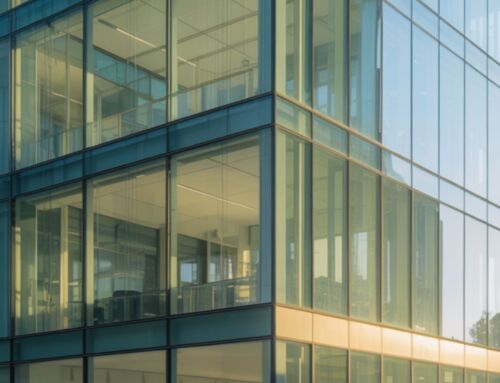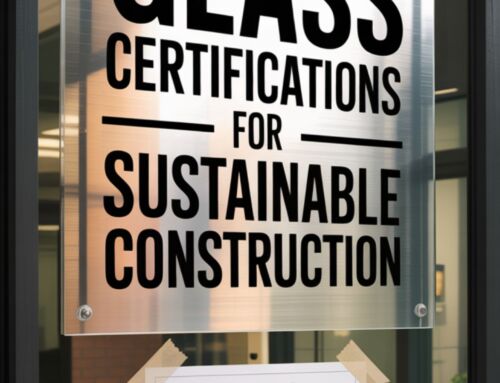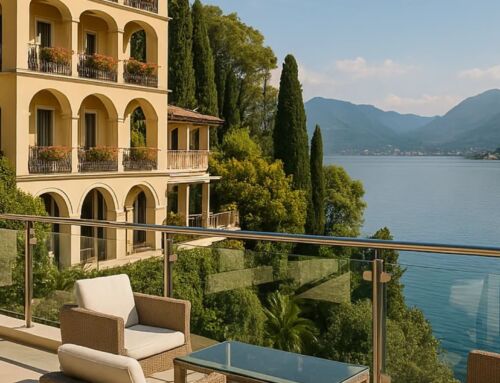Double Glazing or Laminated Glass? What Dutch and Belgian Construction Professionals Need to Know.
Choosing between the two is no longer just a technical dilemma; it’s a strategic decision that impacts performance, safety, and sustainability.
In this guide, we break down the differences and help you make the right choice for your next high-performance project.
Double Glazing or Laminated Glass: the Glass Dilemma in Sustainable Building
When designing or renovating a sustainable building, choosing the right glass is no small matter. Between energy performance, safety, aesthetics, and sustainability, architects, builders, hoteliers and window installers face a crucial decision: double glazing or laminated glass?
Let’s clear the fog: these are not interchangeable solutions. They serve different purposes and perform differently. And as you aim to meet energy efficiency standards while delivering comfort and beauty, understanding this difference is vital.
In this article, we’ll walk through the key differences, the use cases, and the sustainability considerations that matter most in the Dutch and Belgian construction markets. Ultimately, let’s bring some clarity to your next project.
What is Double Glazing?
Double glazing is more than just two panes of glass; it’s a key element in high-performance, energy-efficient buildings across the Netherlands and Belgium.
Its structure delivers both thermal and acoustic benefits. Here’s how it works and why it’s the preferred choice for modern sustainable construction.
Structure and Function
Double glazing, also known as insulating glass or Insulating Glass Units (IGUs), consists of two (or more) panes of glass separated by a spacer and sealed along the edge to create an air or gas-filled cavity.
This structure acts as a thermal and acoustic barrier. When argon or krypton gas is added, it enhances thermal insulation, reducing heat loss in winter and minimizing heat gain in summer.
Why it’s popular in the Benelux Region
With stricter energy efficiency regulations (like the Dutch BENG standards) and the growing popularity of EPC-rated buildings, double glazing is often the default for windows, curtain walls, and glazed facades.
Builders love it because:
- Reduces U-values significantly
- Qualifies for subsidies and incentives
- Improves indoor comfort and reduces energy bills
As a result, it’s a common solution in both residential and commercial settings. But is it always the right solution?
What is Laminated Glass?
Laminated glass plays a vital role in urban safety, acoustic control, and sustainable architecture in Belgium and the Netherlands.
Thanks to its layered structure, it protects people and property while enhancing building performance. Let’s explore how it works and where it truly shines.
Structure and Safety Benefits
Laminated glass is made by sandwiching a layer of PVB (polyvinyl butyral) or ionoplast interlayer between two (or more) sheets of glass. This gives the glass a safety characteristic: if it breaks, the fragments stick to the interlayer rather than falling apart.
Think of your car windshield—that’s laminated glass in action.
Security, Soundproofing and UV Control
In addition to safety, laminated glass provides:
- Sound insulation: great for buildings near railways or airports
- UV filtering: protects interiors and furniture
- Burglary resistance: slows down intrusion attempts
Therefore, in urban projects or public buildings, laminated glass isn’t just a bonus – it’s often a necessity.
Choosing the right glass today is no longer a technical detail.
It’s a key design decision. Start here: clarity, specs, real solutions.
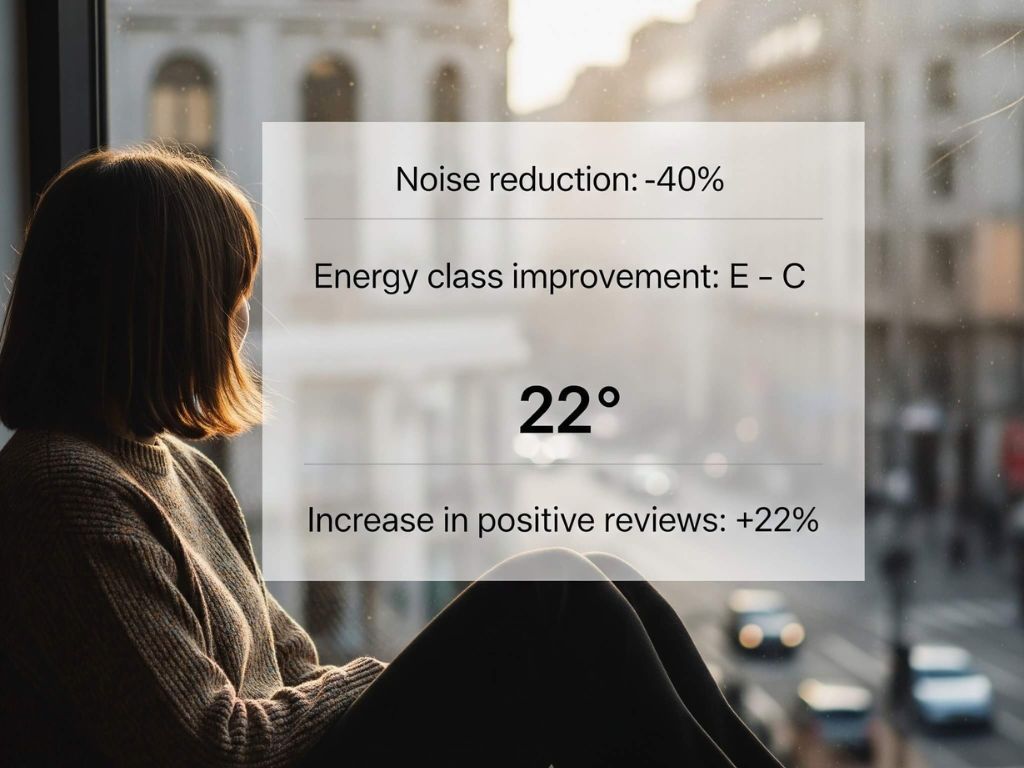
Double Glazing or Laminated Glass?
When designing energy-efficient buildings in the Netherlands and Belgium, choosing between double glazing and laminated glass is critical. This comparison reveals which high-performance glass solution fits your project goals best.
Let’s break it down. Here’s how double glazing and laminated glass compare across key performance criteria that matter in real projects.
Performance Side-by-Side
This side-by-side table helps you choose the right high-performance glass solution by comparing double glazing and laminated glass across six essential factors; thermal insulation, safety, cost efficiency, and more.
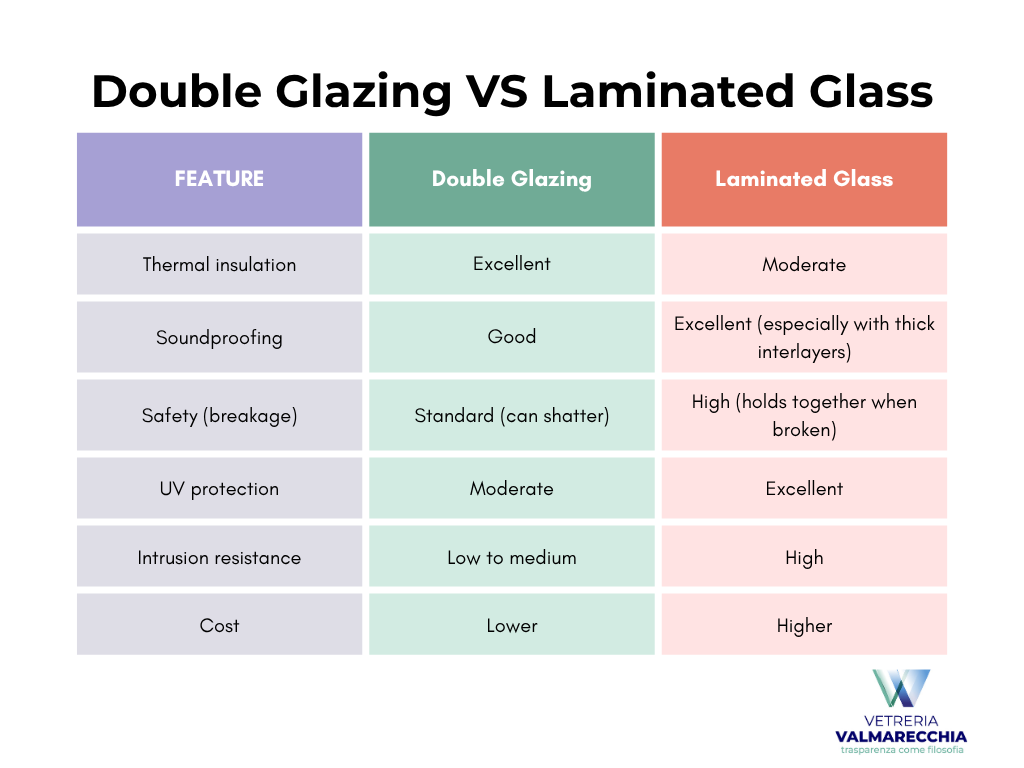
Which one should you choose? It all depends on your project and who you’re building for. Based on your specific needs, the Vetreria Valmarecchia team is here to help you identify the ideal high-performance glass solution.
Can they work together? Yes!
Here’s the good news: you don’t have to choose just one. You can combine them. Laminated double glazing offers the best of both worlds: energy efficiency, safety, and sound insulation.
It’s an ideal choice for schools, hospitals, commercial buildings, and premium residential projects.
Sustainability and Certifications
Why glass choices matter for Green Building
In the Netherlands and Belgium, BREEAM-NL, LEED, and national energy labeling systems reward materials that reduce environmental impact.
Glass contributes heavily to a building’s energy performance and carbon footprint. Consequently, choosing glass with Environmental Product Declarations (EPDs) is a must for forward-thinking professionals.
What to ask your Glass Supplier
Make sure your glass provider can offer:
- EPD-certified products
- Energy performance data (U-values, G-values)
- Advice on combining aesthetic, safety, and insulation
At Vetreria Valmarecchia, we partner with leading suppliers and use high-performance, sustainable solutions backed by documentation and technical support.
A simple glass upgrade transformed a hotel’s comfort and efficiency: less noise, lower energy costs, and better guest reviews. The right glass makes all the difference.
Double Glazing or Laminated Glass: Application-Based Recommendations
Here’s how it plays out in real-world construction. Depending on your project type, one solution may clearly outperform the other—or a combination might be the smartest move.
Still unsure whether to go with double glazing, laminated glass, or both? Tanks to these tailored application-based tips help Dutch and Belgian professionals choose the ideal glass solution based on building use, performance requirements, and sustainability goals.
When to use Double Glazing
For projects where thermal efficiency comes first, this is often the smartest choice:
Ideal scenario for Laminated Glass
Alternatively, when safety or noise control is a top priority, laminated glass stands out:
When to Combine Both
In some cases, combining both technologies is the optimal route:
From energy-efficient homes to high-security public buildings, each glass type serves a purpose. Double glazing enhances thermal comfort, laminated glass adds safety and noise control—while combining both unlocks premium performance.
Choose based on your project’s technical and sustainability goals.
Choosing the right Partner
Let’s be honest: it’s not just about glass. It’s about reliability, know-how, and technical support.
We at Vetreria Valmarecchia don’t just supply glass – we help you choose the right configuration based on your project’s climate conditions, design goals, and sustainability needs.
We would like to work with Dutch and Belgian professionals looking for precision, performance, and transparency. Quite literally.
Double Glazing or Laminated Glass: Clarity leads to Sustainability
Choosing between double glazing and laminated glass isn’t a matter of preference—it’s a matter of purpose.
Each project deserves a tailored solution. That’s why we believe in listening, advising, and delivering glass that performs just as beautifully as it looks.
Ready to explore our solutions? Let’s build something sustainable together.
Contact us now or view our technical glass solutions


